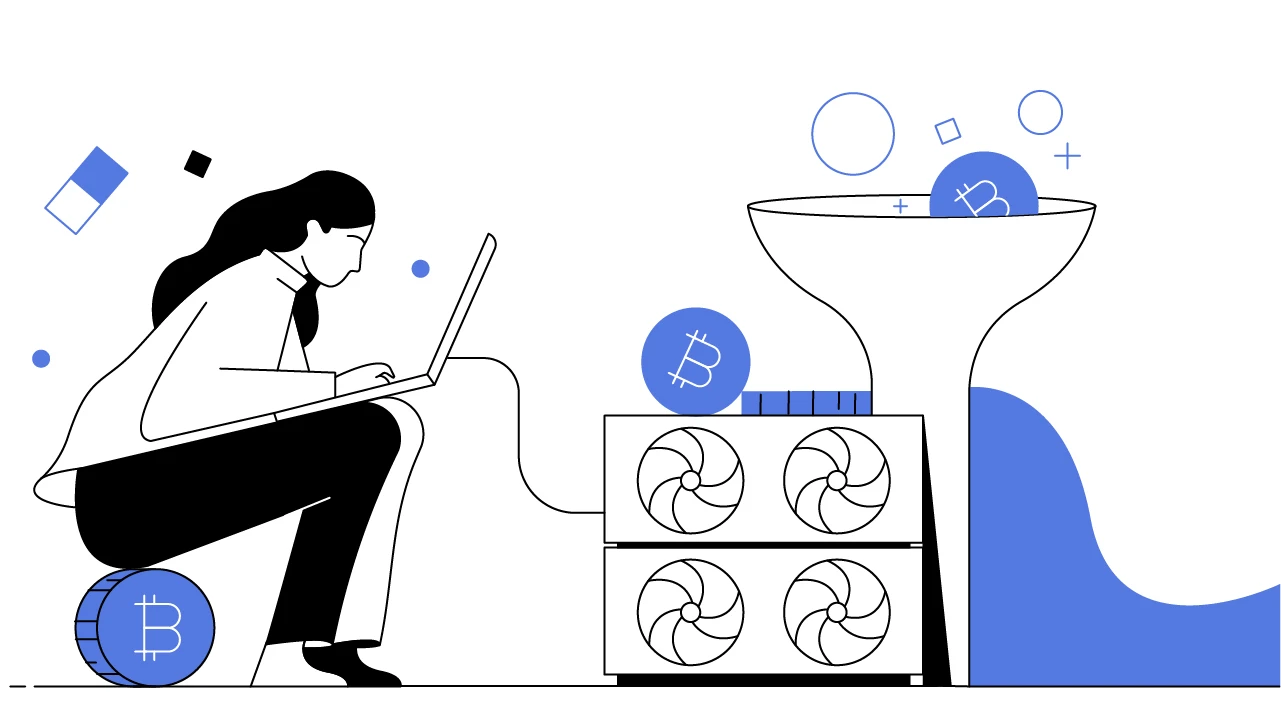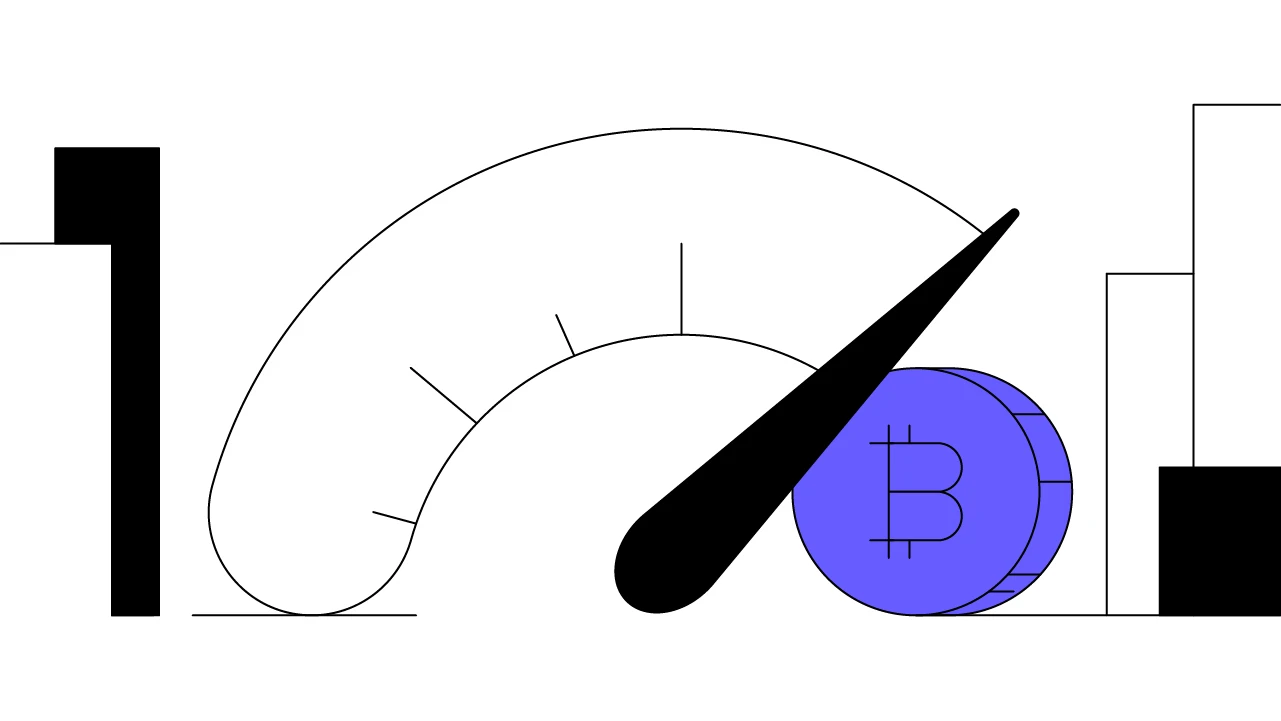Contents
Moss.Earth and MCO2: Tokenizing Carbon Credits
In the time you’ll take reading this article, enough trees to cover 15 football fields worth of the Amazon rainforest will have been lost.
By Luis Adame, Founder & CEO, Moss.Earth
Updated October 15, 2023 • 3 min read

Summary
MOSS.Earth is a global climatech company focused on environmental services with global operations. In 2020, MOSS created the first carbon credit-backed token used to offset greenhouse gases, called Moss Carbon Credit (MCO2). In one year, MOSS and its customers have sent more than $15 million USD to the Amazon Forest, helping preserve approximately 500 million trees. MOSS is the largest trader of voluntary carbon credits in Brazil and one of the largest in the world overall.
Carbon Credits Explained
What are carbon credits and how do they work? A carbon credit is a digital certificate that represents the offsetting of one tonne of CO2 emissions in a given year through forest conservation, clean energy, biomass projects, or other avenues.
MOSS.Earth (MOSS) facilitates the transfer of carbon credits to individuals and companies of any size that want to offset their emissions. It also sells tokenized carbon credits on crypto exchanges for those who wish to offset on-chain in a simple, decentralized manner.
The MCO2 Token: Tokenizing Carbon Credits
In 2020, MOSS created the first carbon credit-backed token used to offset greenhouse gases, called Moss Carbon Credit (MCO2). MCO2 is an ERC-20 utility token compliant with the Ethereum network. MCO2 holders can burn (or retire) their tokens on MOSS.Earth’s carbon credit market platform and receive a certificate that proves they have offset one tonne of carbon emissions per token.
To offset the energy used to mint and mine MCO2 tokens, each token is minted and issued with a neutral carbon footprint. MOSS monitors the transactions and total ledger and continuously retires the necessary amount of carbon offset credits to neutralize — or zero out — the greenhouse gas emissions from its tokenization activities.
Amazon forest conservation projects audit their own work every year and issue carbon credits, which they sell to MOSS clients as MCO2 tokens. The sales proceeds have, therefore, compensated the conservation projects for their work and prevented 500 million trees from being cut down. Avoiding deforestation avoids emissions since half of a tree is made of carbon atoms — thus, when forests are conserved rather than cut down or burnt, carbon pollution is avoided.
There are many conservation projects that remunerate their work by auditing this “avoided deforestation,” issuing corresponding carbon credits and selling them to companies in high-polluting industries like oil and gas. The audit work is carried out by independent global companies or foundations, and the digital assets (the carbon credits) are registered at global foundations. MOSS tokenizes these credits, using blockchain to add a further layer of security and transparency and to guarantee that there is no "double spending" or sale of more than one of any carbon credit.
Moss’s tokenization of carbon credits via the issuance of MCO2 tokens increases the security and transparency of carbon credit exchanges by programming the credit onto the blockchain. For many forest conservation projects, the only source of revenue for their work, besides philanthropy or donations, is the sale of these carbon offsets. Via the sale of carbon offset credits, forest projects that supply MOSS have generated $15 million USD in revenues in the past twelve months.
MOSS believes that the MCO2 token will enable others to innovate new applications for carbon credits, such as embedding carbon offsetting in other tokens and smart contracts, or building apps that enable users and small businesses to offset their activities.
Applications of MCO2 Carbon Credit Exchanges
One such application of MCO2 is eBTC, a carbon-neutral Bitcoin-backed cryptocurrency. Launched by Wrapped.com, eBTC is a wrapped asset created by a ratio of Celo-wrapped Bitcoin (cBTC) and MCO2. The ratio for full bitcoin (BTC) carbon offsetting is 2 MCO2 per BTC.
MOSS has also offset the carbon emissions of crypto funds like One River Asset Management and Skybridge Capital via the purchase and burning of MCO2 tokens. Decentralized autonomous organizations (DAOs) such as Harvest Finance have used MCO2 tokens to offset the emissions of their blockchain transactions. The DEXTF Green Bitcoin Token, which is a combination of MCO2 and BTC under DEXTF’s management, automatically offsets crypto transaction emissions.
MOSS is just getting started, and these applications are just an initial foray into the vast realm of possibilities for combating climate change via MCO2 token carbon credit trading.
Cryptopedia does not guarantee the reliability of the Site content and shall not be held liable for any errors, omissions, or inaccuracies. The opinions and views expressed in any Cryptopedia article are solely those of the author(s) and do not reflect the opinions of Gemini or its management. The information provided on the Site is for informational purposes only, and it does not constitute an endorsement of any of the products and services discussed or investment, financial, or trading advice. A qualified professional should be consulted prior to making financial decisions. Please visit our Cryptopedia Site Policy to learn more.

Author
Luis Adame
Founder & CEO, Moss.Earth
Luis Adame is the founder and CEO of Moss.Earth. Luis worked from 2012 to 2019 as the portfolio manager and partner for Latam equities long-only funds at Newfoundland Capital Management. Previously, he worked as a Managing Director of York Capital Management. Prior to York, Luis was a Partner at BRZ, a Brazilian hedge fund, working as a commodities Analyst and Portfolio Manager for both their value and long/short funds. Luis began his career working as a Latin American financial institutions Research Associate at Credit Suisse and later moved to the bank’s proprietary desk in São Paulo. Luis holds a B.Sc. in Management Science and Engineering with a minor in Economics from Stanford University. He is a CFA charterholder, a native of Brazil, and is fluent in English, Portuguese, and Spanish.
Is this article helpful?


